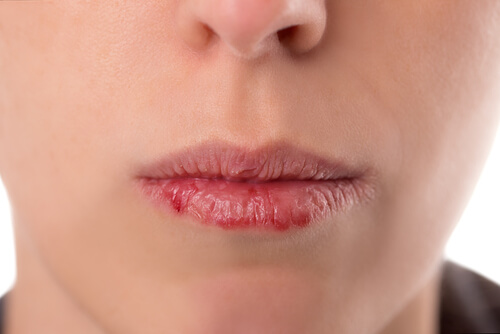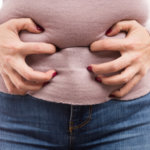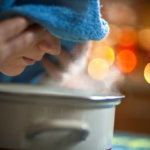
Also known as “perlèche,” and “angular stomatitis,” describes a condition that affects the corners of the mouth. People who are dealing with angular cheilitis, experience symptoms of swollen, red cracks and patches on the outside and edges of the lips.
Angular cheilitis symptoms tend to last a few days in most people, and the use of lip balm can help your lips recover from the effects of inflammation, irritation, and pain. This skin disorder occurs on one or both sides of the mouth and affects both adults and children.
The condition has many causes, with yeast infections of the saliva causing the most prominent symptoms. Saliva builds up in the corners of the mouth, causing the lips to crack and the edges of the mouth to become inflamed around the lip line and the folds in the corners.
Affected individuals may try to lick their lips to moisturize the inflammation, but this adds more yeast to the problem, intensifying symptoms. Here are eight signs that the cracks on your mouth could be angular cheilitis.
1. Risk Factors
There is a set of risk factors making some people more prone to developing angular cheilitis than others. Angular cheilitis can affect anyone at any age, but if you find yourself in the risk categories listed below, then you have a higher chance of developing the condition.
• People with excessive saliva production that allow it to congregate in the corners of their mouth.
• Bacterial and viral exposure may also cause angular cheilitis.
• People who experience regular cases of oral thrush.
• Patients that use antibiotics or corticosteroids frequently.
• Those individuals with sensitive skin and disorders like eczema and psoriasis.
• Patients with Crohn’s disease or other inflammatory conditions of the digestive system.
• Teenagers and adults wear braces.
• People who smoke tobacco products.
• Patients who are suffering from cancer, diabetes, or anemia.
Saliva drying in the corners of the mouth is the most significant cause of angular cheilitis, and those athletes that experience exposure to the sun consistently may be at higher risk of infection.



